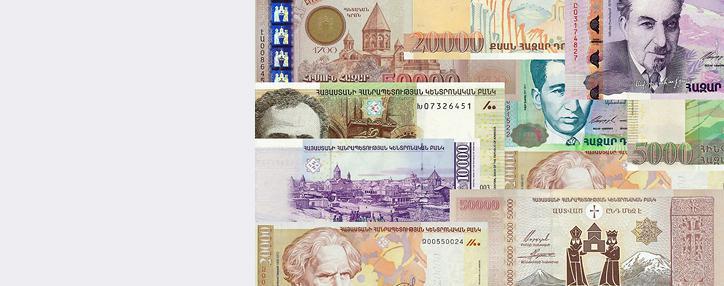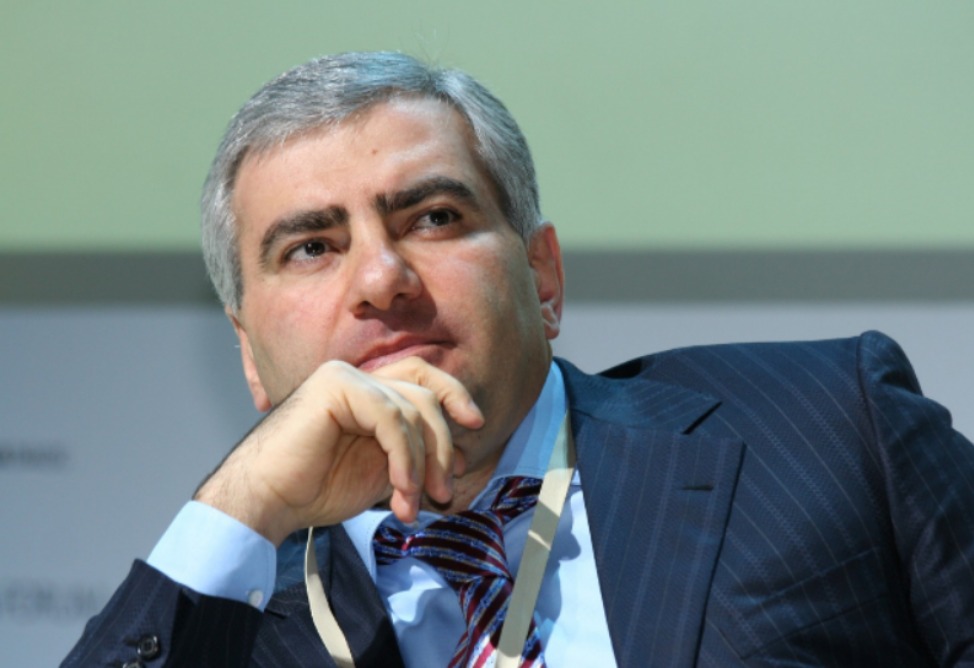Armenian dram may resume steady depreciation against greenback
09.06.2012,
18:33
Armenia’s national currency, the dram, is likely to resume its steady depreciation against the U.S.
dollar with its exchange rate to reach 430 drams, the chairman of the National Union of Entrepreneurs Gagik Makaryan, said today.Makaryan said some experts do not rule out that the exchange rate of one USD in 2013 will grow to 480 - 500 drams, and to 530 drams in 2014.
dollar with its exchange rate to reach 430 drams, the chairman of the National Union of Entrepreneurs Gagik Makaryan, said today.Makaryan said some experts do not rule out that the exchange rate of one USD in 2013 will grow to 480 - 500 drams, and to 530 drams in 2014.

YEREVAN, June 9. /ARKA/. Armenia’s national currency, the dram, is likely to resume its steady depreciation against the U.S.
dollar with its exchange rate to reach 430 drams, the chairman of the National Union of Entrepreneurs Gagik Makaryan, said today.Makaryan said some experts do not rule out that the exchange rate of one USD in 2013 will grow to 480 - 500 drams, and to 530 drams in 2014.
He said the ongoing depreciation of the dram has both positive and negative effects. The appreciation of the dollar is beneficial for exporters, as well as for Armenian citizens who receive money transfers from abroad. But on the other hand, the strengthening dollar pushes prices of foods and other goods upward.
Vahagn Khachatrian from he opposition Armenian National Congress, said the depreciation of the dram was predictable, because the Central Bank’s reserves slashed and despite the growth in exports the expectations were not justified in terms of revenue due to reduced prices of exported goods.
Armenia’s international gross reserves, according to preliminary data of the Central Bank fell to $1. 687.9 billion at the end of April, dropping by 1.2% or $20.8 million from March.
The price of copper also fell from $8,900 to $8,400 per one ton, which reduced the flow of dollars to Armenia. It was assumed that this will be offset by the growth in remittances, which increased by 20%, he said. -0-



